Teeth whitening has become a global trend, with an increasing number of consumers seeking brighter smiles. But how effective are teeth whitening products from a chemical perspective? Are the claims backed by real science, or is it just a marketing gimmick? This article delves into the chemistry behind teeth whitening products, explaining their key ingredients, mechanisms, and potential limitations.
Before understanding how teeth whitening products work, it’s essential to know why teeth become discolored in the first place. Staining occurs due to:
Different whitening agents target these stains in distinct ways.
The effectiveness of teeth whitening products depends on their active ingredients. The most common chemical compounds include:
These ingredients play a crucial role in breaking down chromogens, the molecules responsible for discoloration.
When peroxide-based compounds break down, they release oxygen radicals that interact with stain molecules, altering their structure and making them less visible. This oxidation process effectively removes discoloration and restores a whiter shade.
Non-peroxide alternatives, such as PAP, work by breaking bonds within stain molecules without releasing free radicals, making them a safer option for individuals with sensitive teeth.
While teeth whitening products can be effective, there are certain limitations and risks:
For long-term benefits, proper oral hygiene and professional guidance are recommended.
Each option has its pros and cons depending on the user’s whitening goals.

As consumer demand grows, manufacturers are investing in safer, more effective whitening solutions. Some innovations include:
These advancements ensure that teeth whitening products remain both safe and effective in the long run.
From a chemical perspective, teeth whitening products do work, but their effectiveness depends on the active ingredients, concentration, and method of application. While peroxide-based treatments remain the gold standard, emerging alternatives offer safer solutions for sensitive users. For businesses in the dental care industry, staying ahead of these innovations is key to meeting consumer expectations.
Would you like to explore high-quality ingredients for your teeth whitening products? Contact us today to learn more about our specialized formulations.https://www.powsmart.com/

How Big Is the Teeth Whitening Market? Capitalize with LED Whitening Kit OEM
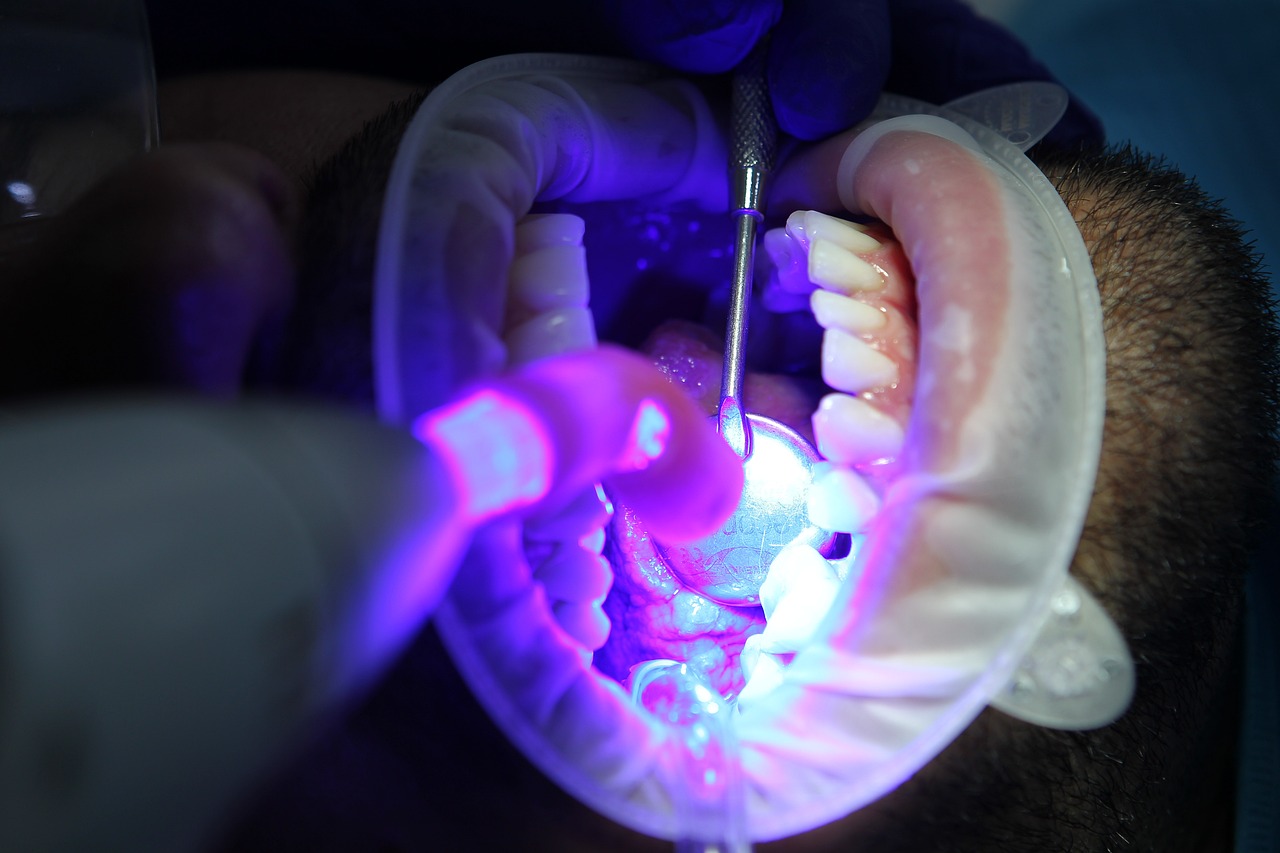
Why do gums become whiter after teeth whitening treatments?

Home Teeth Whitening Device – A Must-Have Before a Date

Uncovering Dentistry: Scientific Methods and Techniques for Whiter Teeth

Some Common Problems of Teeth Whitening and Solutions

Analyze the real profit you can make in teeth whitening
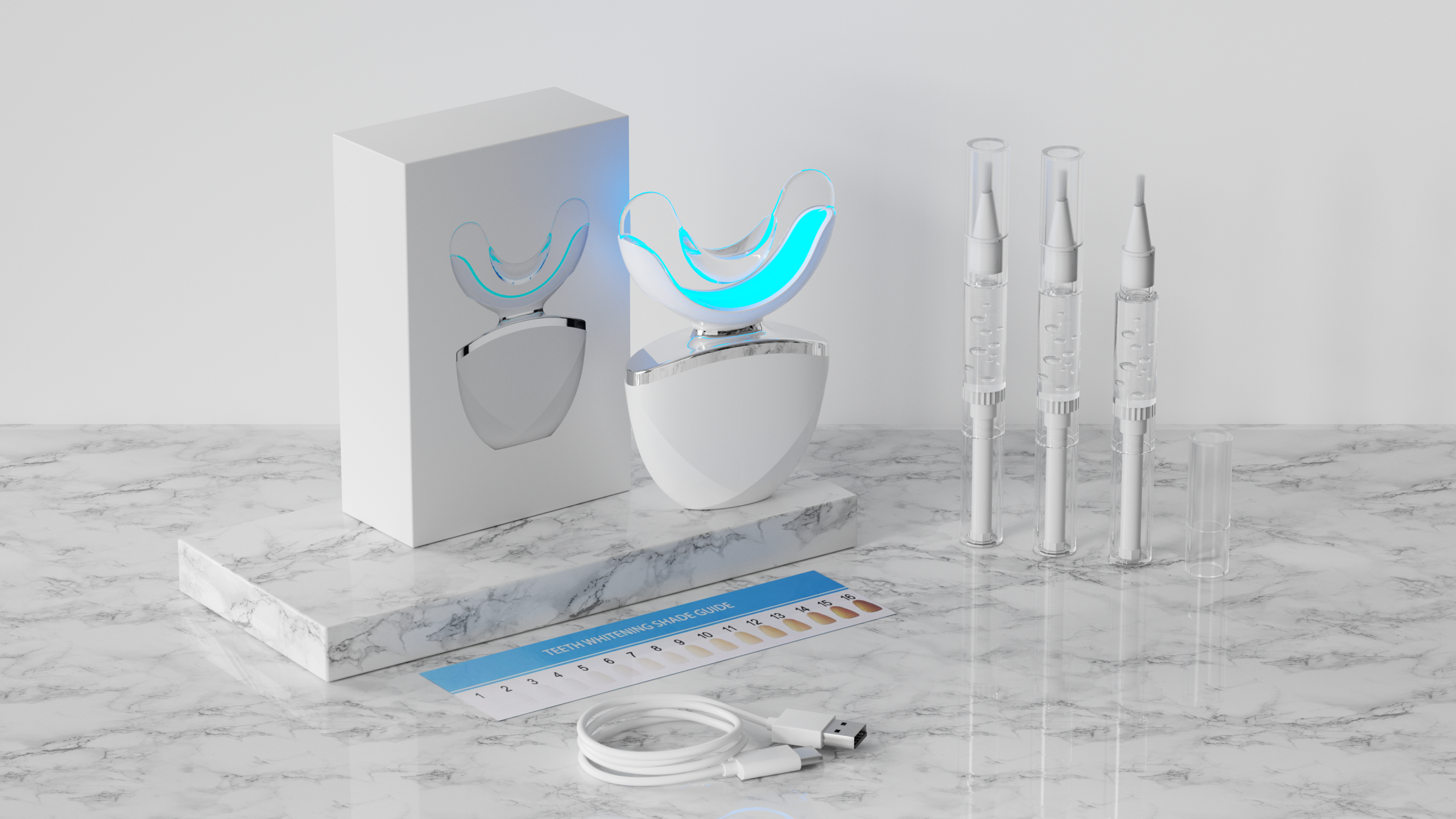
The Main Factors Contributing to the Rising Popularity of Household Teeth Whitening Products

How Long Does It Take for a Teeth Whitening Device to Show Results?

Why Teeth Whitening Certification Matters?

What’s the Difference Between Expensive and Cheap Teeth Whitening light?
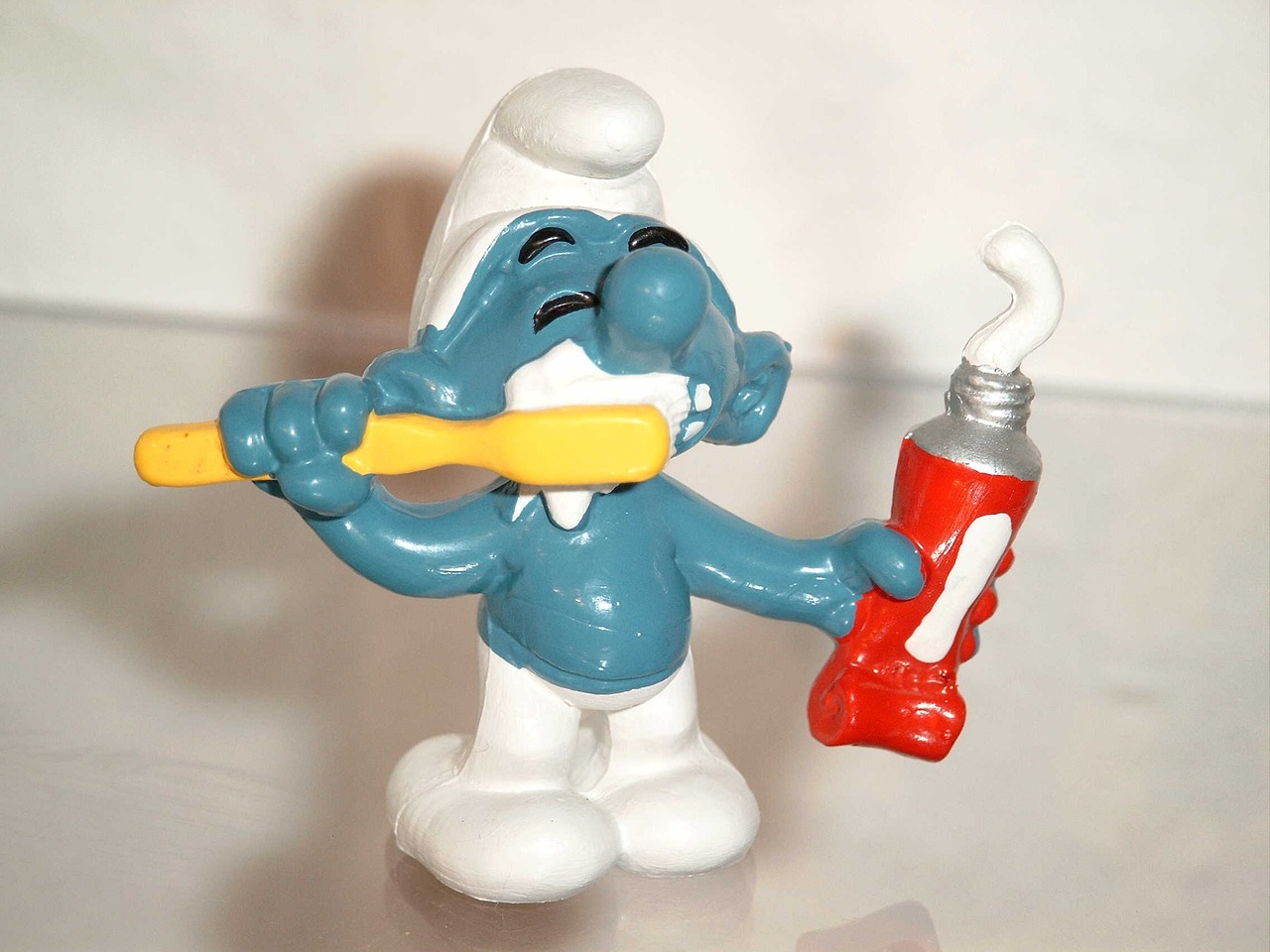
How Much Does It Cost to Manufacture a Toothbrush?

At-Home Teeth Whitening Trends: Fact or Fiction?

How Long Will It Take to See Results with the LED Teeth Whitening Device?
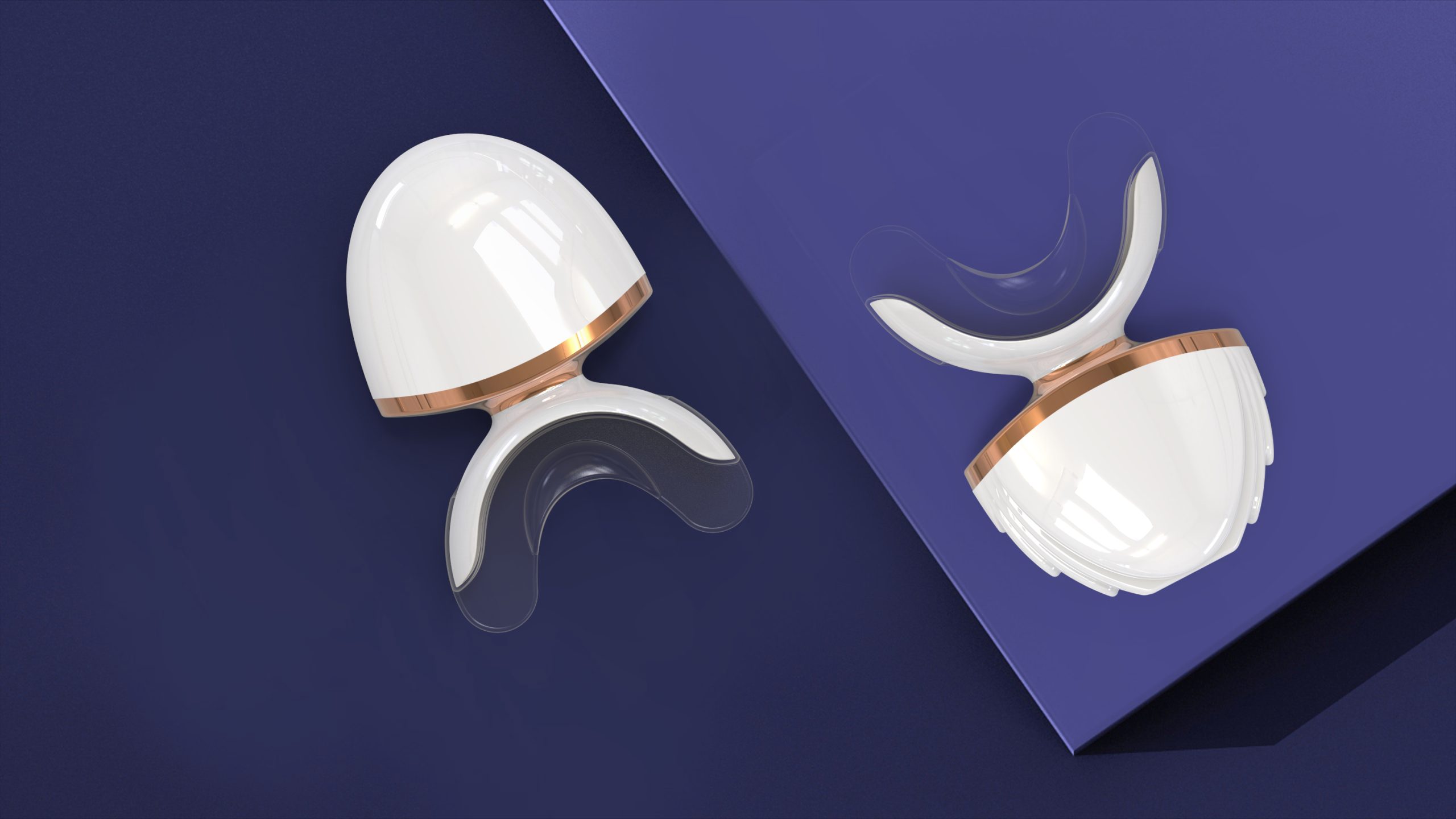
Teeth whitening device OEM: In-Depth Cooperation Model from LOGO to Light Wave Customization
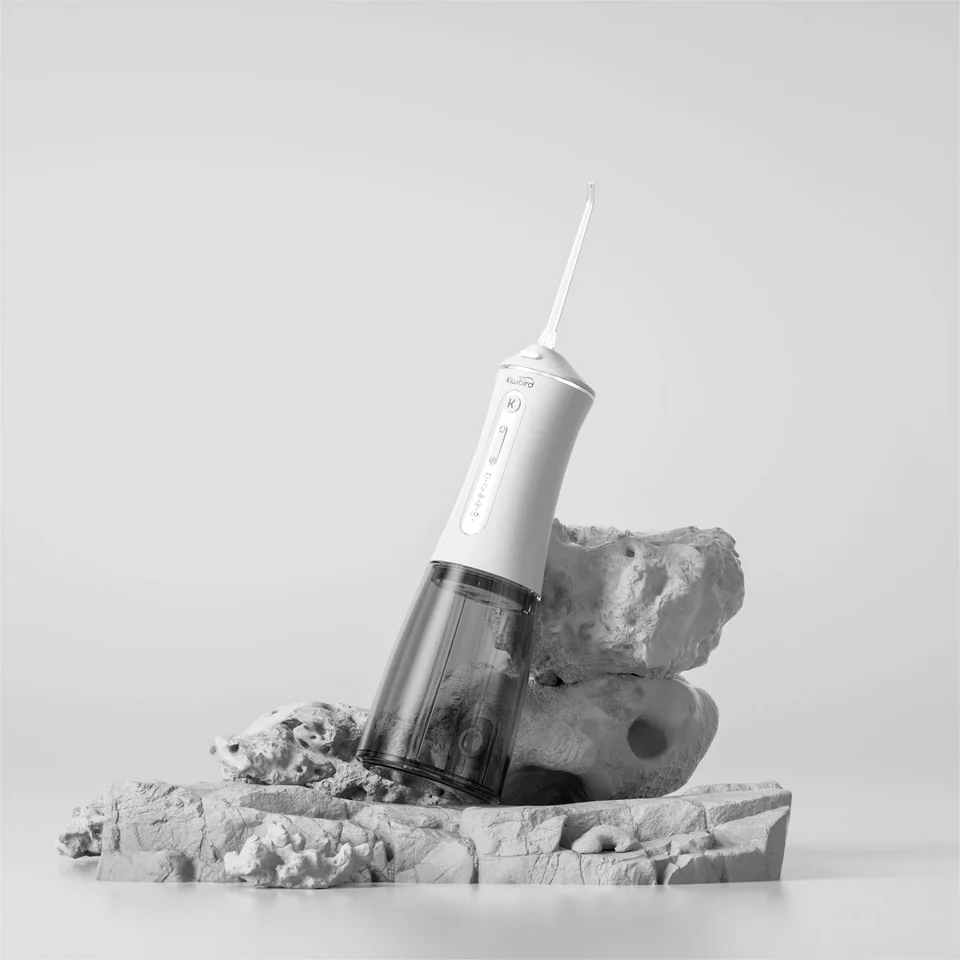
What Sets and Combinations of Oral Care Products Can Be Made to Promote Sales?
.jpg)
Do Teeth Whitening Pens from Seattle Suppliers Deliver Salon Results?

Customization Teeth Whitening Gel

electric toothbrush heads Deep Clean

electric toothbrush heads Ultra Soft

Electric toothbrush heads Charcoal Infused-Diamond
.jpg)
Florida Electric Toothbrush – Powsmart PTR-C8

Private Label Whitening Gel

electric toothbrush heads Charcoal Infuse-Round

electric toothbrush heads Regular Clean
whstapp
whstapp
National Toll-Free Service Hotline
+86 755 86238638